Today
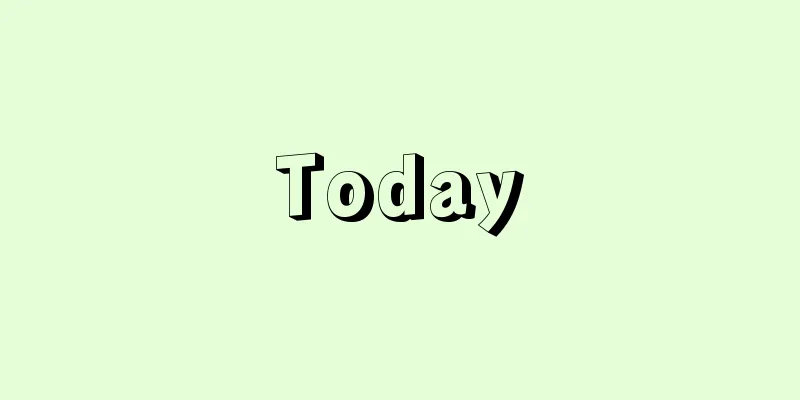
|
...A unit of currency that began in China during the Song Dynasty, referring to 1000 mon (mon) coins. The name comes from the fact that 1000 copper coins were bound together by piercing holes in them with a bin (also called a kyo, meaning zenizashi), and it began to be used in Japan around the Muromachi period with the influx of Tang and Song coins. In the Edo period, currency was divided into three coins with different bases: gold, silver, and sen. The basic units were the ryo (4 bu = 16 shu) of koban gold coins, momme silver coins, and mon coins, with 1000 mon silver coins being called 1 kanme and 1000 mon coins being called 1 kanmon.... *Some of the terminology explanations that mention "鏹" are listed below. Source | Heibonsha World Encyclopedia 2nd Edition | Information |
|
…中国の宋代のころに始まる通貨の単位で,銭貨1000文(もん)のことをいう。この名称は銅銭1000枚の穴に緡(びん)(鏹(きよう)ともいい,ぜにざしのこと)を貫いて束ねたことに由来し,日本でも唐銭,宋銭の流入に伴って室町時代前後から用いられるようになった。江戸時代になると通貨は基本を異にする金,銀,銭の3貨に分かれ,基本単位は金貨が小判の両(=4分=16朱),銀貨が匁,銭貨が文であり,銀貨1000匁を1貫目,銭貨1000文を1貫文と呼んだ。… ※「鏹」について言及している用語解説の一部を掲載しています。 出典|株式会社平凡社世界大百科事典 第2版について | 情報 |
Recommend
Flower Priest - Kawajo
…His real name was Lu Da, and his Buddhist name w...
Krishna [river] - Krishna
A river in central India. It is also called the Ki...
Asabata Swamp
...The Asagi Lowlands to the north of the city ar...
Aldosteronism
This disease is caused by the excessive secretion...
Airport surface detection device - Airport surface detection device
Airport surface detecting equipment (ASDE) is a sh...
Cost of living
The cost of purchasing goods and services that a ...
Beer‐Sheba
The central city of the Negev region in southern I...
Squid fishing - Ikatsuri
…A type of lure used for squid fishing. A cylindr...
Pathogenic bacteria
Bacteria that cause disease. Source: Asakura Publi...
Combine painting
…He studied at the Academie Julian (Paris, 1947) ...
Pardalotus
… The Prionochilus genus is a bird similar to the...
Positional motion
… However, it is the ancient Greek metaphysical s...
Social Democratic Party
A Japanese political party. Founded on July 24, 19...
Time lag
In economics, a time lag means that when an econom...
Kayazu
A post station on the medieval Kamakura Kaido road...


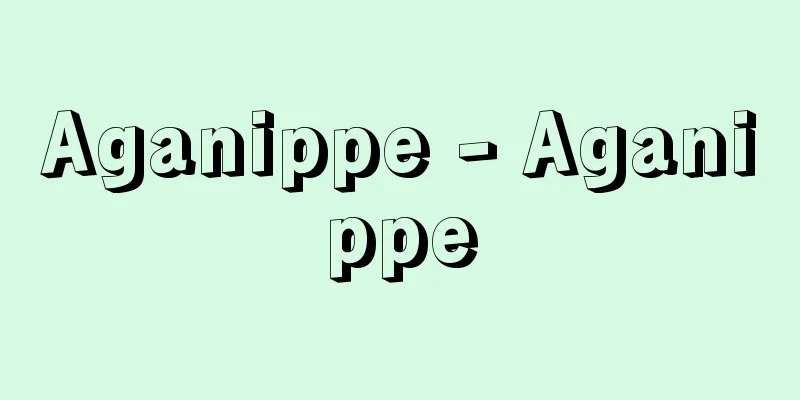
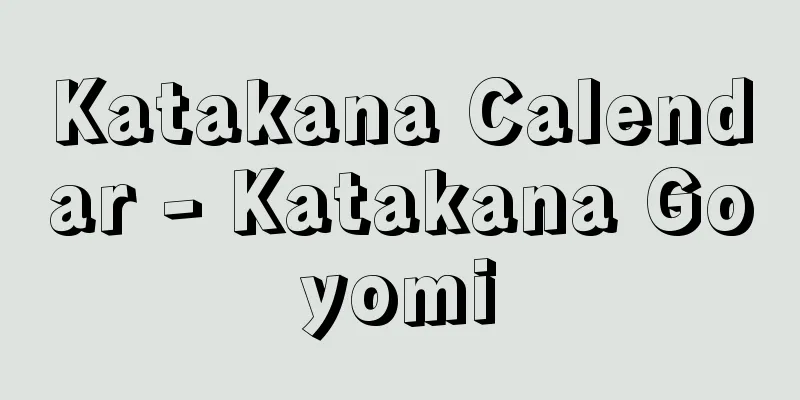
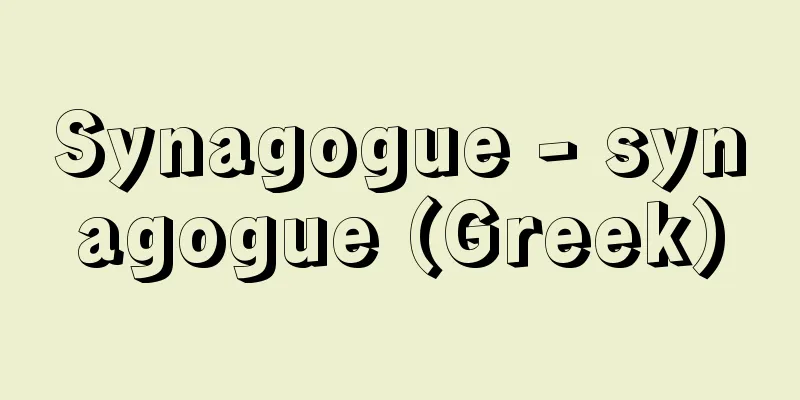


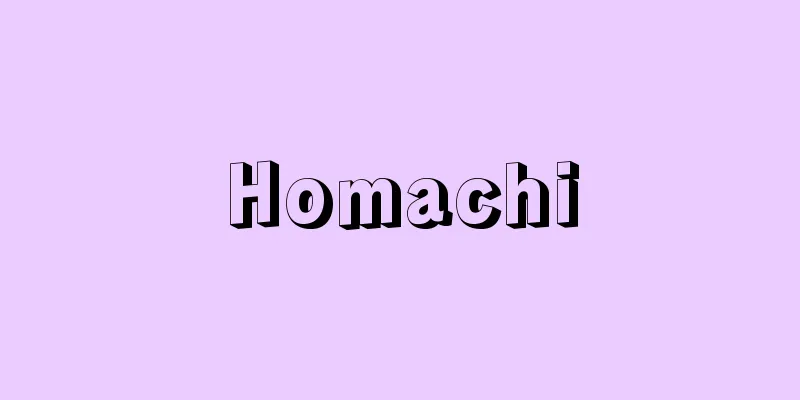

![Takanosu [Hot Spring] - Takanosu](/upload/images/67cc1db1d7fb4.webp)